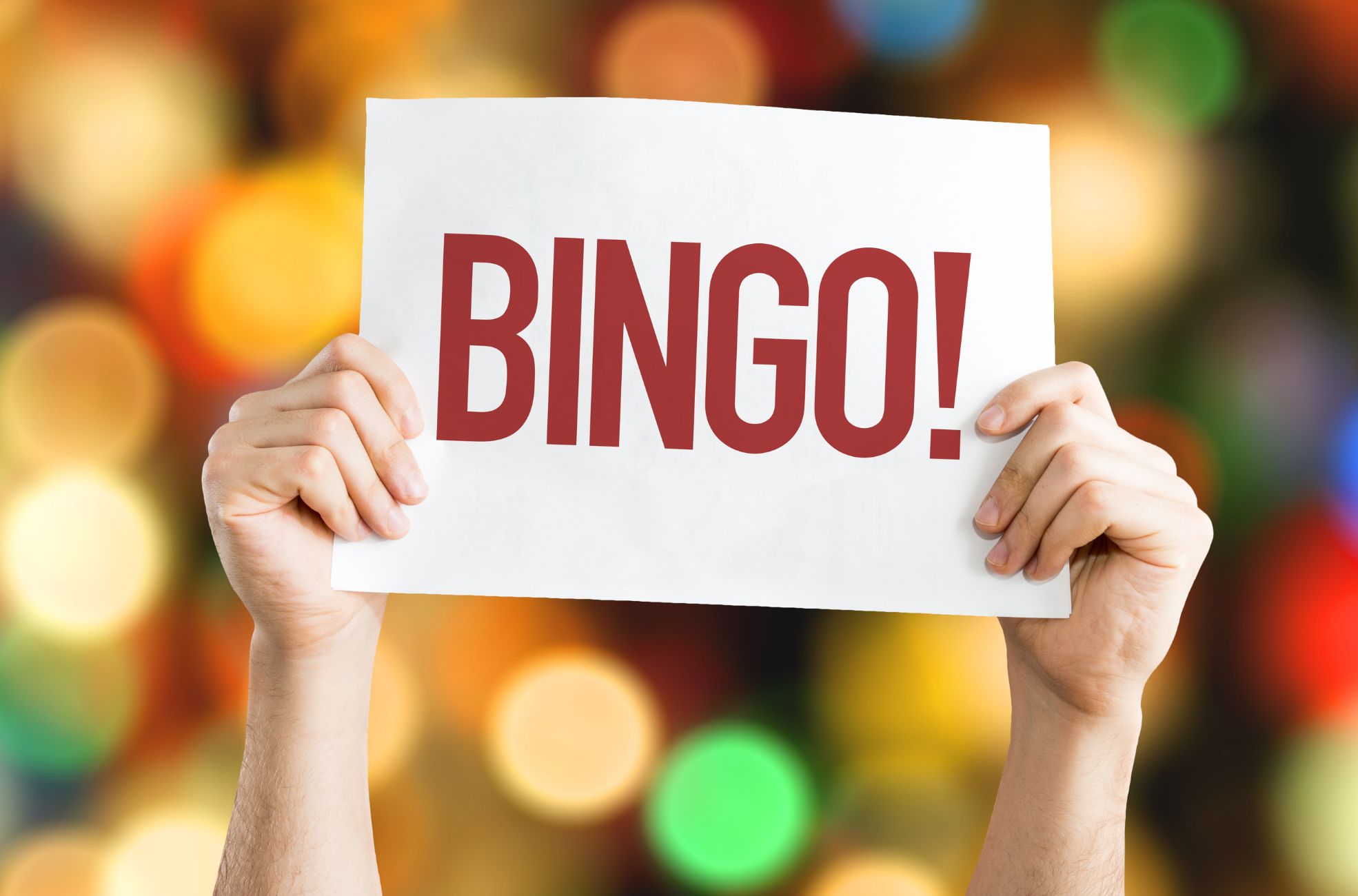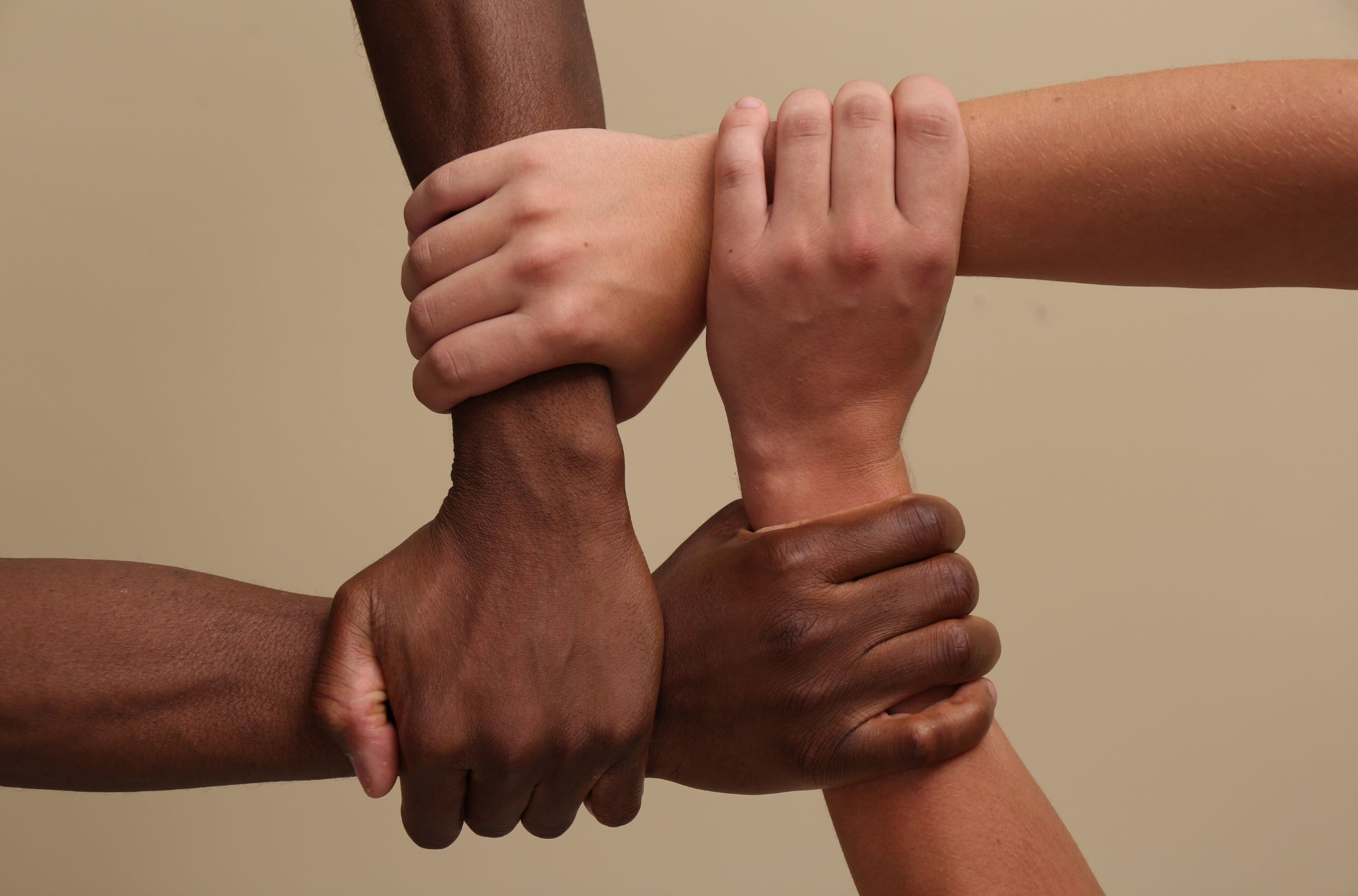Icebreaker games are a brilliant tool for warming up a crowd, transforming the energy of any gathering from apprehensive to something fun. Whether it’s a corporate meet-up, an educational workshop, or a social event, the right icebreaker can pave the way for more open, fruitful interactions. These games aren’t just diversions; they’re thoughtfully designed to ease participants into a state of comfort and readiness for the event ahead.
Their strategic use can make all the difference in setting a positive, collaborative tone. We explore a variety of icebreaker games tailored to different group sizes and settings, ensuring you can find the perfect match to kickstart your event with a dash of fun and a spirit of camaraderie.
Why You Should Incorporate Icebreaker Games Into Your Next Event
Importance of Icebreakers in Events
Icebreaker games are fantastic in transforming the atmosphere of an event. They shift the mood from awkward silence to warmth and engagement. These activities aren’t just for fun; they’re strategic, designed to welcome attendees and encourage comfortable interaction.
Whether it’s a meeting, training session, team-building event, or classroom setting, icebreakers set the tone. They’re particularly useful when individuals do not know each other. They help to break down barriers and foster open communication from the start.
Benefits of Using Games to Warm Up the Audience
There are numerous benefits to using games as icebreakers. Firstly, they inject energy into the room, which is beneficial before a meeting or learning session. This physical and mental stimulation can lead to more dynamic interactions.
Icebreakers are also key in fostering connections among participants. They encourage personal interaction, which is a platform for networking and making new friends. This strengthens the group’s collective experience.
In educational settings, icebreakers create a relaxed environment. Students feel comfortable sharing ideas, which enhances participation. They build a sense of shared responsibility for the learning experience.
Icebreakers can be adapted to online learning to help orient students to the virtual environment. They promote a sense of community despite the physical distance.
Essential Elements of Effective Icebreakers
To ensure the success of an icebreaker, you should consider the group’s characteristics. These include size, demographics, and the reasons for gathering. An effective icebreaker should be simple and conducted at the beginning of an event to maximise impact.
It’s important to have a clear objective in mind, whether it’s to introduce participants to each other, set the stage for collaboration, or simply add fun. Flexibility is key, as icebreakers may not always go as planned.
When introducing an icebreaker, explain the rationale behind the activity. Establish clear signals for the beginning and end of the activity. Facilitate the pairing of individuals if necessary.
Halfway through the activity, a reminder can ensure everyone participates equally. After the icebreaker, a debriefing session allows participants to share their experiences. This reinforces the connections made and insights gained.
In the workplace, icebreakers help colleagues get to know each other better. They foster a sense of community and prevent a siloed environment. They encourage interaction, which is fundamental for community building.
Icebreakers can lead to laughter, open dialogue, and a willingness to step out of one’s comfort zone. Seeing co-workers in a different light cultivates empathy, which is essential for building strong, cohesive teams.

Quick and Easy Icebreaker Games
Two Truths and a Lie
Two Truths and a Lie is a classic icebreaker suitable for groups of about 10 to 15 people. For larger groups, it is advisable to break into smaller teams to maintain a manageable duration. Participants introduce themselves by sharing two truths and one fictitious statement about themselves.
The statements can cover a range of topics, from personal interests to unique experiences, aiming to highlight individuality without delving into sensitive areas. The lie can be either obvious or subtle, challenging others to discern. Each participant takes a turn, and the group attempts to identify the falsehood.
Observing variations in the speaker’s tone, pace, and gestures can offer hints. The game can be played casually to learn about each other or competitively by tallying correct guesses. It serves as a way to introduce participants and can uncover surprising and amusing facts about them.
Icebreaker Bingo
Icebreaker Bingo repurposes the traditional game into an engaging activity that prompts interaction and dialogue. Players receive a bingo card populated with different prompts pertaining to group members’ experiences or traits. These prompts encompass anything from travel experiences to hobbies.
The objective is to complete a bingo card by interacting with others to find those who correspond to the descriptions. Creating these cards is straightforward with online tools or a word processor. The prompts should be selected to encourage genuine engagement and interaction.
After distributing the cards, the facilitator should explain that the aim is to form a line by identifying matching participants. This activity initiates conversations and serves as a team-building exercise, improving communication and morale. It is particularly useful for virtual teams, where direct interaction is not possible.
Following the activity, a session to discuss the experience can help reinforce the new connections and reflect on the insights gained. To enhance participation, themes, digital tools, and incentives can be incorporated, making Icebreaker Bingo adaptable for various events.
Speed Networking
Speed Networking is an efficient and organised method for individuals unfamiliar with each other to make introductions. It is utilised in diverse environments, such as alumni events, professional conferences, and orientations. The aim is to facilitate brief yet substantial interactions, enabling attendees to form a wide network of contacts.
Participants engage in concise conversations, usually lasting a few minutes, where they share information about themselves and, if desired, exchange details for future dialogue.
The Name Game
The Name Game focuses on learning names and their associated stories. Participants take turns introducing themselves and sharing the background or a story connected to their name. This activity can be expanded to include more personal details, promoting further sharing in a congenial setting.
This game is especially beneficial where it’s important to remember names, as it provides a narrative that aids in memorising them through storytelling.

Creative Icebreaker Games
Human Knot
The Human Knot is a classic exercise that encourages teamwork and problem-solving. Participants stand in a circle and reach across to join hands with others, creating a ‘knot’. The challenge is to untangle the group without breaking the chain of hands.
This activity, suitable for 8 to 20 players, requires communication and cooperation as you decide on strategies to untangle yourselves. It’s a physical and mental exercise that can take around 15 to 20 minutes, depending on the complexity of the knot.
The game ends when you form an untangled circle, or you might choose to start over if the knot proves too intricate. Variations include appointing a director to guide the process or using the game as a fun way to learn each other’s names. The Human Knot isn’t just a fun start to an event but also a way to foster a sense of collaboration and unity among participants.
Photo Scavenger Hunt
A Photo Scavenger Hunt is an engaging activity that can be tailored to any event. Teams work together to capture photos of items or scenarios listed in the scavenger hunt. This game encourages creativity and teamwork, as teams must strategise how to capture all the required elements best within a set time frame.
It’s an excellent way for participants to explore the event space and interact with each other in a light-hearted competition. The hunt can be themed to match the event, and the photos can serve as a memorable takeaway for everyone involved.
Would You Rather
‘Would You Rather’ is a quick and thought-provoking game that prompts participants to choose between two scenarios. It can be played in pairs or small groups, and each round features a new and often humorous dilemma.
The game effectively gets people talking and sharing their preferences, leading to surprising revelations and plenty of laughs. It’s a versatile icebreaker that can be adapted to suit the tone of any event, from casual get-togethers to professional meetings.
Commonality Quest
The Commonality Quest is a dynamic activity that encourages participants to discover shared interests or experiences. They receive a grid to fill with personal passions and then mingle to find others with matching interests.
When a common passion is found, participants sign each other’s grids. The goal is to collect signatures across three horizontal, vertical, or diagonal lines. This game breaks the ice and fosters connections based on genuine commonalities, making it an effective way to kick off events where networking and relationship building are key.

Icebreakers for Small Groups
Desert Island Scenario
The Desert Island Scenario engages participants in a creative exercise. Participants must choose three non-essential items to bring to a deserted island. This scenario encourages individuals to share their priorities and sparks discussions about the reasons behind their selections.
Life Highlights Game
In the Life Highlights Game, individuals reflect on their most cherished memories. They then identify a 30-second snippet of their life they would choose to experience again if given the chance. This activity allows for sharing significant life events, promoting deeper connections within the group.
The Magic Wand
Participants wielding an imaginary Magic Wand ponder the changes they would make in various aspects of life. This activity stimulates imaginative thinking and can lead to discussions about aspirations and problem-solving approaches.
Tell Me Why
Tell Me Why invites group members to divulge something meaningful to them and explain its significance. This sharing of personal narratives contributes to a supportive atmosphere, laying the groundwork for enhanced teamwork and innovation.

Icebreakers for Large Events
The Poll Game
The Poll Game is an interactive way to engage a large audience and get them talking. You can quickly gather opinions and spark discussions by posing a series of questions and asking participants to vote on various options. This activity can be tailored to the event’s theme or used to uncover interesting facts about the attendees.
Silent Line-Up
Silent Line-Up is an exercise in nonverbal communication and teamwork. Participants arrange themselves in a particular order, such as by height or birthday, without speaking. This challenge requires participants to find creative ways to communicate and collaborate.
Group Trivia Challenges
Group Trivia Challenges are a fantastic way to tap into the collective knowledge of the attendees and encourage team bonding. By forming groups and competing in a trivia quiz, attendees can showcase their expertise on various topics while learning from each other. This activity stimulates the mind and promotes healthy competition and camaraderie among participants.
Role Reversal
Role Reversal is an intriguing icebreaker that allows participants to step into someone else’s shoes, fostering empathy and understanding within the group. In this activity, attendees are given a role or perspective different from their own and asked to act or make decisions based on that new viewpoint. This can lead to insightful discussions and a deeper appreciation for the diversity of experiences and opinions within the group.
Incorporating these icebreakers into your large event can significantly enhance the experience for attendees. Choosing fun, engaging, and relevant activities for the group sets the stage for a successful event where connections are made and a sense of unity is established. Whether it’s through a lively poll, a silent challenge, a battle of wits, or a dramatic role-play, these icebreakers can transform a gathering of strangers into a cohesive community ready to engage with the event’s proceedings.
Set the Stage for Success
The power of a great icebreaker game cannot be overstated—it’s the spark that ignites the flame of camaraderie and collaboration at your events. With this carefully curated selection, ranging from quick conversation starters to interactive group challenges, you’re equipped to transform any gathering into an effervescent mix of connection and discovery.
Choose the game that best suits your crowd and watch as the room fills with vibrant energy and laughter, setting the perfect tone for what’s to come. Remember, the right icebreaker can turn a roomful of individuals into a united group eager to participate and share. Now that you have these tools at your disposal, kick off your event with a bang, ensuring it’s as memorable as it is effective.







